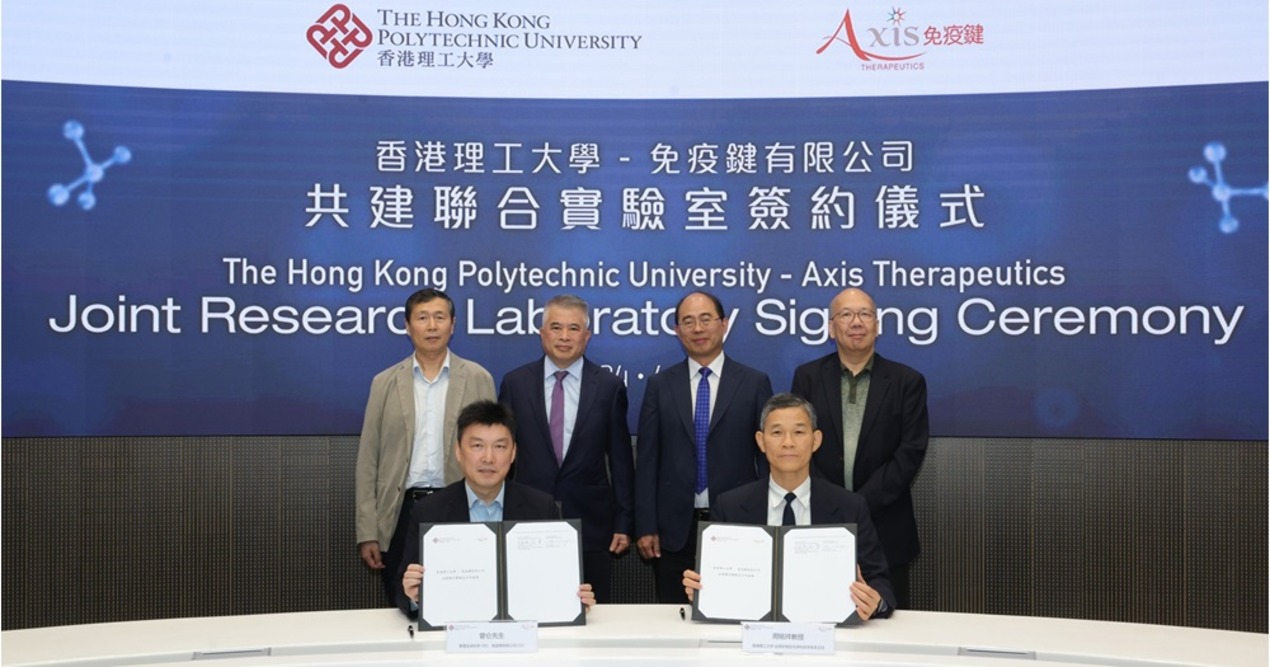
In a 2020 report by PwC, 74% of CEOs stated they were concerned about the availability of key skills and of those, 32% admitted they were ‘extremely concerned’. To ensure a thriving future, companies are now required to invest in their workforce more than ever, upskilling and reskilling them to prepare them for new ways of working.
Upskilling is the process of improving a current skill set. It’s a vertical growth path towards optimised abilities and potential leadership in a specific field of expertise. On the other hand, reskilling focuses on entirely new abilities, preparing an individual for steering his or her career in a different direction.
There are numerous benefits to upskilling and reskilling, from improving a company´s long-term perspectives, increasing productivity and internal mobility, to ensuring talent retention and bringing new, like-minded talent.
For these efforts to be successful, employees need to be fully on board. It is not enough for companies to assess their needs, design learning paths and enrol employees. Managed incorrectly, both upskilling and reskilling can become complicated processes, met with resistance and can turn ineffective. That is why we have listed 5 tips to encourage your employees to upskill and reskill.
- START FROM THE TOP
Higher management does not only have an essential role in establishing a vision for the future of the company and the skills necessary for fulfilling it but is also indispensable when instilling a strong learning culture. Beginning with higher management, the mindset must pervade all layers of the company, onto people managers and down to every single employee.
Lead by example, ensuring that higher management and people managers are engaged in continuous learning. Encourage them to share their experience, their struggles and successes and to encourage their workforce to do the same. Involve the internal communication department and ensure that these messages are disseminated company-wide on a regular basis.
Further on, higher management and people managers can take an active role by participating in mentoring programs or 1 to 1 coaching, strengthening further the reskilling and upskilling strategy you are devising.
Getting management involved through all these means will support the creation of a culture of learning, beneficial not only for supporting a bright future for the company but also for attracting new talent. Younger generations are especially eager to learn and improve themselves and will be more willing to join a company with the same mindset.
- MAKE IT ACCESSIBLE AND INTERESTING
Are you aware of the learning format preferred by the workforce in your company? Whether they prefer full days of training or bitesize information, learning onsite or online, it is mandatory to consult them before starting to design learning paths. At Barco, we predict a future of work and, by consequence, of learning and development that is hybrid and blended.
The safest option is to create a flexible 360-degree learning environment, delivering learning content in multiple formats: instructor-led, be it online, onsite or hybrid, but also pre-recorded videos or e-books for individual learning. Make training material available on-demand and mobile-accessible to offer the opportunity to learn whenever convenient.
In live instructor-led training, turn sessions interactive – by using polls and quizzes – and collaborative – by using breakout rooms for teamwork and in-depth discussions. According to LinkedIn 2021 Workplace Learning Report, a staggering percentage of L&D professionals believe that employees who learn together are more successful (91%) and that it helps create a sense of belonging (92%).
- OPTIMISE LEARNING JOURNEYS
Once you have conducted research in your company to find out what kind of learning journeys your employees would like, then designed and rolled out the upskilling or reskilling programs, you will need to constantly track, measure and optimise.
Constantly review learning paths and register progress. Ask for regular feedback from both trainers and trainees by establishing several checkpoints along the journey.
According to the same report by LinkedIn, in the UK, 43% of L&D professionals are using different methods to determine how satisfied employees are with learning programs, including qualitative feedback, surveys, talent retention rates and company mobility rates.
Education technology can be of tremendous help, providing data and analytics of engagement, attention and interaction with the training material and other participants. The number of online courses completed and business metrics (deals closed, customer satisfaction, leads generated, etc.) before and after training as well as productivity increase can prove especially useful.
Assessing learning journeys and optimising them will make learning easier and more effective, and support talent acquires new skills or improve existing ones at a faster and more enjoyable pace.
- INCENTIVISE LEARNING
Incentivising employees is part of any company´s internal strategy. It helps employees feel more motivated, productive and valuable. That is why incentives should not be missed in the overall strategy for upskilling or reskilling workforces.
But what kind of incentives could be offered? Financial incentives or in-kind rewards can definitely prove useful but there are many other ways to show appreciation.
Gamify learning and give achievement badges or certificates that can easily be shared on LinkedIn or on internal social channels. Make sure you have top achievers put into the spotlight by their managers in team meetings, by higher management during regular company meetings or during end-of-the-year events.
Lastly, you can even feature them in internal campaigns in newsletters, interviews and articles to support that culture of learning so necessary in nowadays´ successful companies.
- PROMOTE WELLBEING
Increasingly uncertain times can take a toll on everyone´s mental health. When your workforce is worried about the stability of their job or the health of their loved ones, upskilling and reskilling can be more difficult and take longer. They remain crucial undertakings at both organisational and individual levels. How can L&D improve its employees´ capacity to learn?
Apart from creating a general sense of stability and calm regarding the future of the company and of their jobs, in what concerns wellbeing, Dr Guy Champniss, Head of Behavioural Science at engagement consultancy The Creative Engagement Group (CEG) advises to stay hydrated, get good sleep, eat healthy and manage stress.
Involve internal communication and HR and drive wellness campaigns. That can range from a regular newsletter with tips and tricks encouraging a healthy lifestyle, to more complex undertakings such as (virtual) yoga classes or workshops on stress management.
All these activities can improve your workforce´ ability to acquire new knowledge and will make your learning paths shorter and overall, your upskilling and reskilling efforts more effective.
BARCO WECONNECT SUPPORTS YOUR UPSKILLING AND RESKILLING EFFORTS
 Barco weConnect supports the upskilling and reskilling efforts of your company. Our virtual classroom software solution is suitable for both remote and onsite training, hence perfect for flexible training. It offers a front-row experience to all participants, enabling fast and effective information acquirement. Participants can share content, break out in working groups, vote in polls and respond in quizzes. They will enjoy an engaging, interactive experience, across any device.
Barco weConnect supports the upskilling and reskilling efforts of your company. Our virtual classroom software solution is suitable for both remote and onsite training, hence perfect for flexible training. It offers a front-row experience to all participants, enabling fast and effective information acquirement. Participants can share content, break out in working groups, vote in polls and respond in quizzes. They will enjoy an engaging, interactive experience, across any device.
Furthermore, the data and analytics provided by our solution will help you adjust pedagogical methods, optimise future classes and consequently, enhance the upskilling and reskilling outcomes needed for securing a bright future for your company.
Register now for one of our demo sessions or read more about how the Barco weConnect virtual classroom solution can enable successful learning experiences in your company.
Jan van Houtte is the Vice President for Barco’s Learning Experience business unit. He works towards helping enterprises, business schools, and universities with the digitalisation and transformation of their training and education programmes. Jan believes in the power of technology to help faculty and trainers to increase engagement in their courses and trainings and to enable new and transformational use cases. Before leading the Learning Experience business unit, Jan held multiple product management positions in Barco and Philips.
















